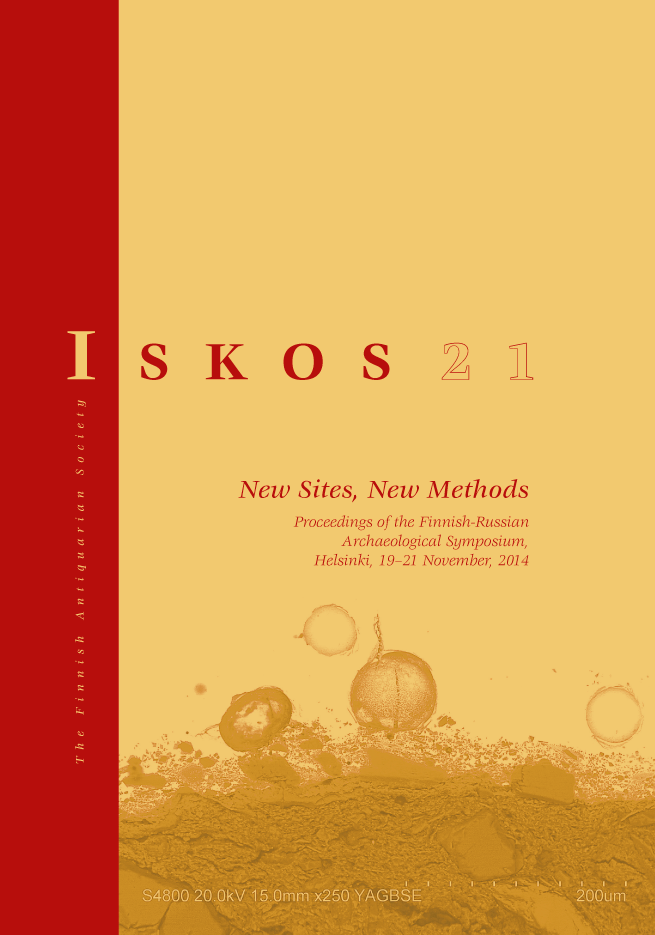The Early Stages of the History of Vyborg: The Results of Archaeological Research 1998–2012
Abstract
The article describes the archaeological excavations in the medieval town area of Vyborg, conducted since 1998 by the archaeological expedition of the Institute for the History of Material Culture of the Russian Academy of Sciences. The total excavated area currently exceeds 600 square metres. Systematic archaeological research of intact layers is a novelty in the town. According to our experience, the old centre of the town is very rich in medieval and early post-medieval layers with well-preserved construction remains and artefacts. The most visible and dominant single element in the medieval infrastructure of the town was the town wall, built of grey stone. The excavations provide adequate proof supporting the a priori assumption that rocky and hilly topography has strongly guided the development of early urban and urban infrastructure in Vyborg through the centuries. Artefacts tell about the economy and standard of living in the town. The lively trade brought welfare and the material culture was similar to what is found in other international harbour towns around the Baltic Sea.




